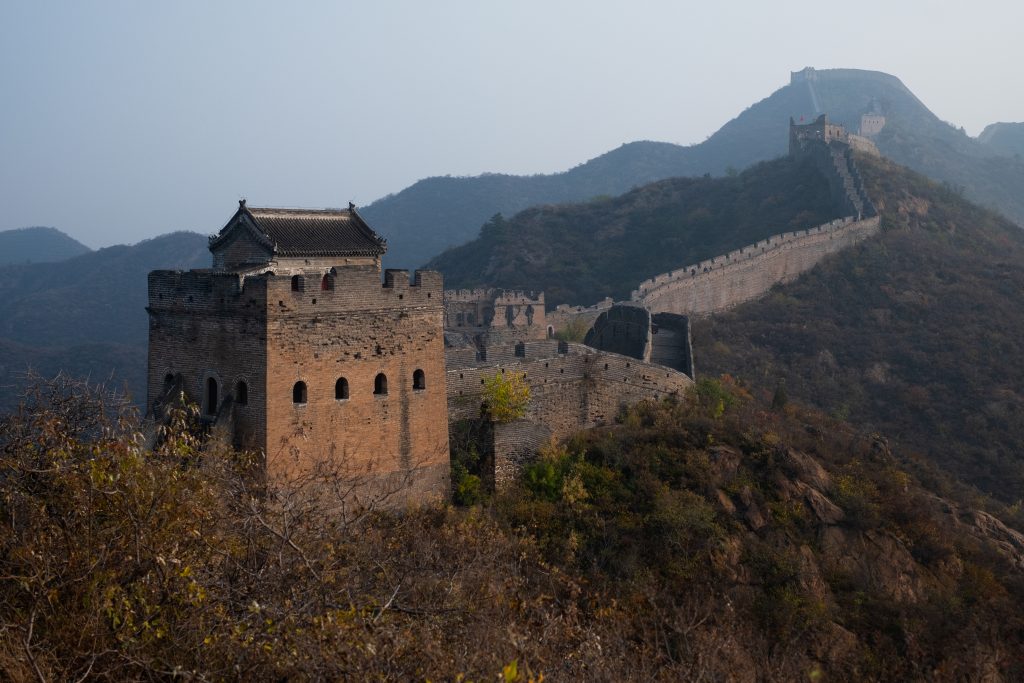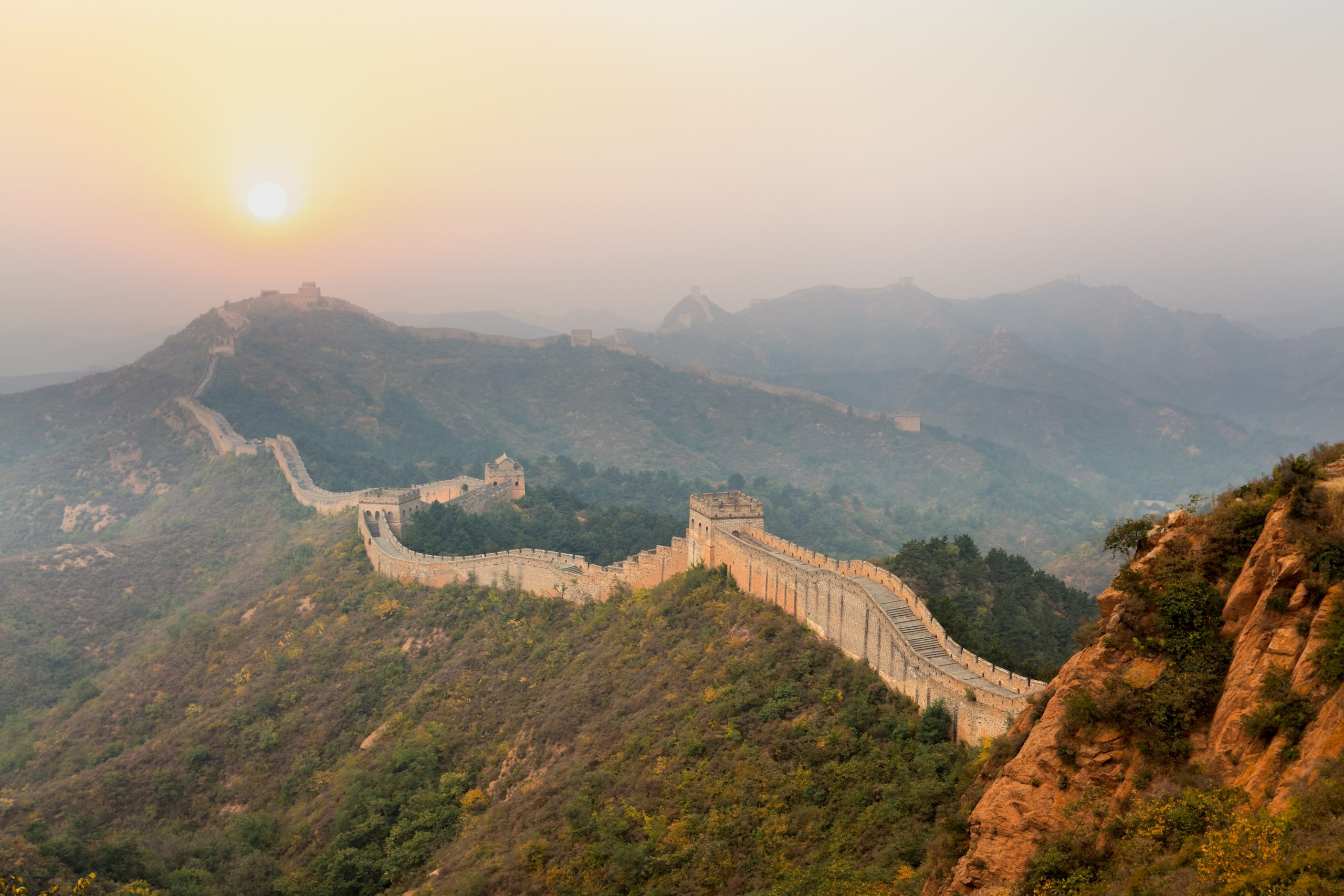The Great Wall of China is an extraordinary testament to human ingenuity and perseverance. Stretching over 13,000 miles, it stands as one of the most impressive architectural achievements in history. Built to protect China from northern invasions, the Great Wall not only served a military purpose but also became a symbol of Chinese strength and unity.
Dating back to the 7th century BC, the initial construction of the wall began during the Warring States period. However, the most well-known sections were constructed under the first Emperor of China, Qin Shi Huang, and significantly expanded during the Ming Dynasty. The Ming rulers enhanced the wall’s structure with bricks and stones, transforming it into a formidable defense system.
Constructing the Great Wall required immense effort and resources. Millions of laborers, including soldiers and prisoners, worked tirelessly to build and maintain it. Local materials were used in different regions, resulting in a variety of construction techniques. This massive undertaking involved creating not just a wall, but an integrated defense network of watchtowers, signal towers, and fortresses.

These architectural features were crucial for effective communication and defense. Watchtowers provided vantage points for spotting potential threats, while signal towers allowed messages to be relayed quickly across vast distances using smoke signals by day and fire by night. The wall also featured battlements designed for archers, enhancing its defensive capabilities.
Beyond its practical functions, the Great Wall holds deep cultural significance. It symbolizes the unification and protection of China, representing the resilience and strength of the Chinese people. Over the centuries, the wall has inspired numerous legends, poems, and artworks. Today, it is recognized as a UNESCO World Heritage site and one of the New Seven Wonders of the World, drawing millions of tourists from around the globe.
In modern times, the Great Wall faces challenges from natural erosion and human activity. Efforts to preserve and restore the wall are ongoing, aiming to maintain its historical integrity and ensure that it continues to be a source of pride and inspiration for future generations.

Visiting the Great Wall offers a unique opportunity to step back in time and appreciate the monumental efforts that went into its creation. Whether you’re exploring the popular sections near Beijing or the more remote areas, the Great Wall of China remains an awe-inspiring sight, embodying the rich history and enduring spirit of China.
Popular sections to visit include Badaling, Mutianyu, Jinshanling, Simatai, and Jiankou. Badaling is the most visited section, located about 80 kilometers northwest of Beijing. It is well-preserved and easily accessible, making it ideal for first-time visitors. Mutianyu, about 70 kilometers northeast of Beijing, is known for its beautiful scenery and fewer crowds compared to Badaling. Jinshanling, around 130 kilometers northeast of Beijing, is perfect for those seeking a more rugged and less crowded experience. Simatai, about 120 kilometers northeast of Beijing, is known for its steepness and original features, and offers a night tour. For experienced hikers, Jiankou presents a challenging but rewarding section of the Great Wall, known for its steep and unrestored condition.
The best times to visit the Great Wall are during the spring (April to June) and autumn (September to November) when the weather is mild and the scenery is vibrant. Summer can be hot and crowded, while winter offers a quieter experience but can be very cold.
Wear comfortable shoes as the terrain can be steep and uneven. Bringing water and snacks is wise as some sections of the wall are remote with few facilities. Plan your visit, as some sections are more crowded than others. If you prefer a quieter experience, consider visiting early in the morning or choosing less popular sections. Respect the heritage by avoiding climbing on unstable sections and disposing of trash properly.
The Great Wall of China is a must-see destination for anyone interested in history, architecture, or simply breathtaking landscapes. By planning your visit and choosing the right sections to explore, you can fully appreciate the grandeur and significance of this incredible structure.














